Herbs for Samhain. Samhain is a Gaelic festival that marks the end of the harvest season and the beginning of winter. It is celebrated on the night of October 31st, which is also known as Halloween. Samhain is a time when the veil between the living and the dead is said to be at its thinnest, and it is believed that the spirits of the dead can visit the world of the living.
Disclaimer: This article is provided for informational purposes only and should not replace professional medical advice. Please consult with a qualified healthcare practitioner or herbalist before using any herbal remedies.
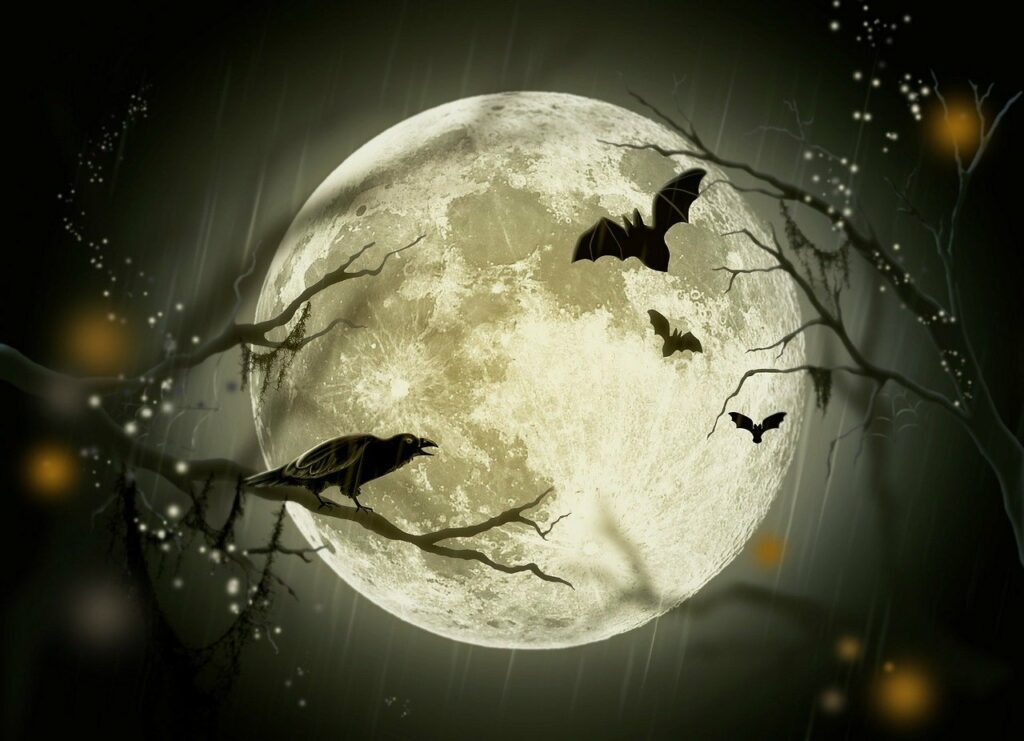
Herbs have been used in various cultures throughout history for their medicinal, spiritual, and magical properties. In the context of Samhain, herbs can be used to honor and connect with the spirits of the dead. Some herbs are believed to have properties that can aid in divination, protection, and communication with the spirit world. Additionally, herbs can be used in rituals and spells to honor ancestors and to set intentions for the coming year.
Understanding Samhain
Samhain is a Celtic festival that marks the end of the Celtic year and the beginning of the new year. It is celebrated on October 31st and November 1st, which is also the modern holiday of Halloween. Samhain is a liminal time of year, when the veil between the worlds of the living and the dead is at its thinnest.
Celtic Festival of Samhain
The Celtic festival of Samhain is a time to honor the ancestors and the land spirits. It is a time to remember those who have passed on, and to seek guidance and wisdom from the otherworld. The sacred herbs of Samhain, such as mugwort, wormwood, and yarrow, are used to contact the spirits of the dead and to enhance divination and prophecy.
Modern Holiday of Halloween
The modern holiday of Halloween is derived from the Celtic festival of Samhain. It is a time for costumes, trick-or-treating, and spooky decorations. However, the commercialization of Halloween has led to a loss of its spiritual significance.
Turning of the Year
Samhain is also a turning point in the year, when the harvest is complete and the days grow shorter. It marks the beginning of the dark half of the year, which culminates in the winter solstice.
Liminal Time of Year
Samhain is a liminal time of year, when the boundaries between the physical and spiritual worlds are blurred. It is a time for divination, prophecy, and spiritual growth.
Dark Half and Light Half
The dark half of the year begins at Samhain and ends at the spring equinox. It is a time for introspection, rest, and renewal. The light half of the year begins at the spring equinox and ends at the fall equinox. It is a time for growth, activity, and abundance.
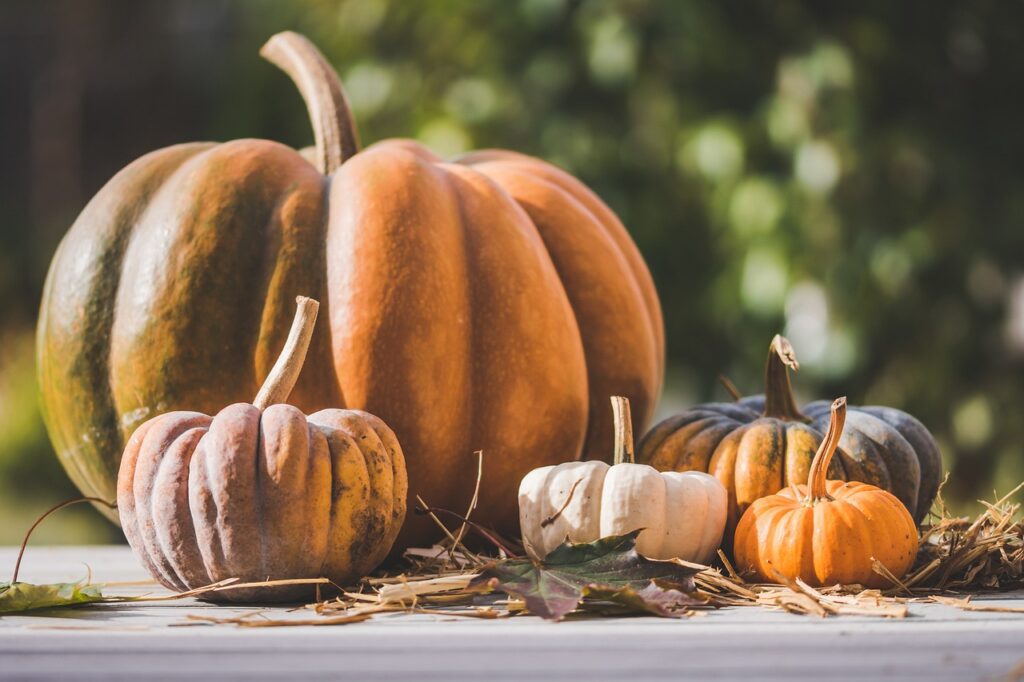
In conclusion, Samhain is a sacred time of year when we honor our ancestors, seek guidance from the otherworld, and prepare for the turning of the year. The sacred herbs of Samhain, the trees of Samhain, and the land spirits are all important aspects of this festival. By understanding the significance of Samhain, we can deepen our spiritual connection to the natural world and to our ancestors.
Plants and Herbs for Samhain
Samhain, the Celtic festival of the dead, is a time when the veil between the worlds is thin. The use of herbs and plants during this time can help connect with the spirits of the dead and aid in divination. Here are some of the most effective plants and visionary plants used during Samhain.
Most Effective Plants~ Herbs for Samhain
Mugwort is a popular herb used during Samhain. It is believed to aid in divination and lucid dreaming. Other effective plants include wormwood, yarrow, and vervain. These plants are known for their ability to enhance psychic abilities and provide protection during spiritual practices.
Visionary Plants~ Herbs for Samhain
Belladonna and henbane are visionary plants that have been used for centuries in spiritual practices. They are known for their ability to induce visions and connect with the spirit world. However, it is important to note that these plants can be toxic and should be used with caution.
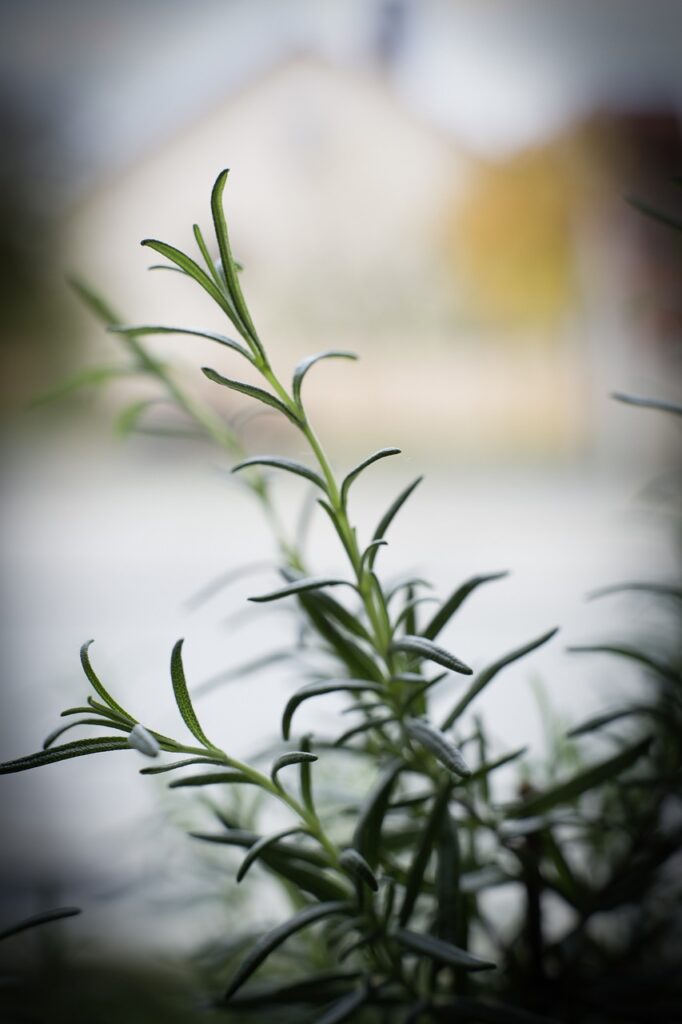
Use of Herbs for Samhain
Herbs can be used in a variety of ways during Samhain. They can be burned as incense, added to ritual baths, or used in spell work. Some popular herbs used during this time include rosemary, sage, and thyme. These herbs are believed to provide protection and purification.
Harvesting Techniques~ Herbs for Samhain
When harvesting herbs for Samhain, it is important to do so with intention and respect. It is recommended to harvest herbs during the full moon or new moon, as this is believed to enhance their potency. It is also important to use proper techniques, such as using a sharp knife or scissors to avoid damaging the plant.
Overall, the use of herbs and plants during Samhain can provide a deeper connection to the spirit world and enhance spiritual practices. It is important to have in-depth knowledge of herbs and complete instructions for their use, as well as clear identification and understanding of their medicinal properties. A compendium of herbal medicinals can be a valuable resource for those looking to more deeply weave herbs into their spiritual practices.
Rituals and Practices~ Herbs for Samhain
Samhain is a time of spiritual significance for many people. As such, there are many rituals and practices associated with this holiday. Here are some of the most common ones:
Samhain Rites
Samhain rites are a way of honoring the dead and connecting with the spiritual world. These rites can take many forms, from simple candle lighting ceremonies to elaborate rituals involving multiple participants. Many people believe that Samhain is a time when the veil between the physical and spiritual worlds is thin, making it easier to communicate with the spirits of the dead.
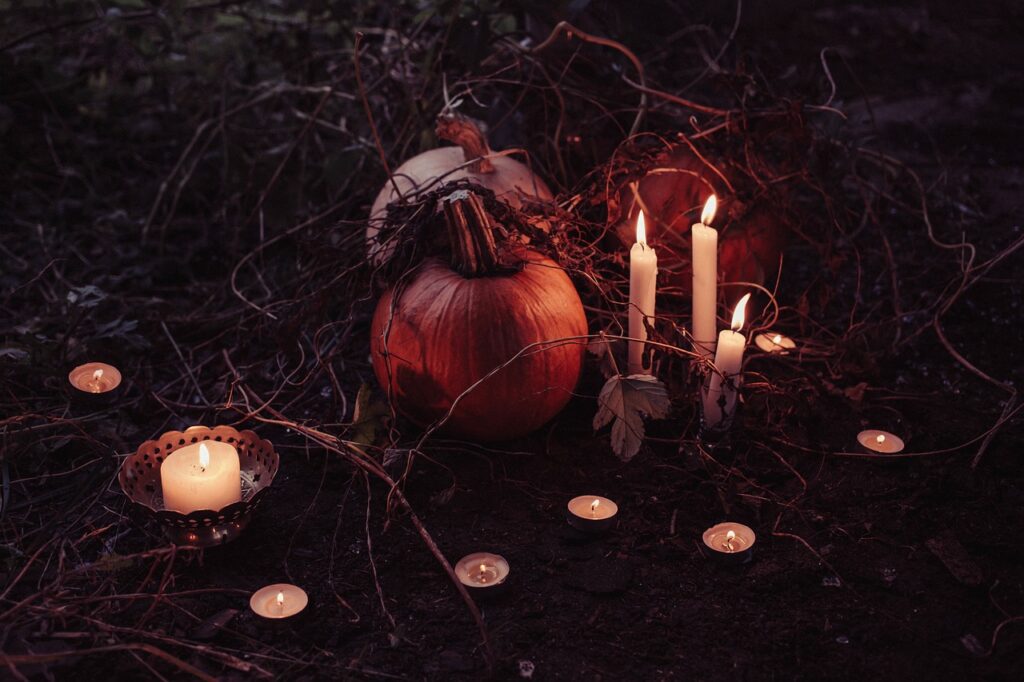
Traditional Samhain Ritual of the Dumb Supper
One of the most well-known Samhain rituals is the Dumb Supper. This is a traditional ritual in which a meal is prepared and served in silence, with a place set for each of the ancestors or loved ones who have passed on. The idea behind the Dumb Supper is to create a space in which the spirits of the dead can come and share a meal with the living.
Creating a Sacred Space
Creating a sacred space is an important part of many Samhain rituals. This can involve setting up an altar or shrine to honor the ancestors, decorating the space with symbols of death and rebirth, and creating a peaceful and meditative atmosphere. Many people also use herbs and other natural objects to help create a sense of sacredness and connection with the spiritual world.
Shamanic Work
Shamanic work is another common practice associated with Samhain. This can involve techniques such as drumming, chanting, and guided meditation to help facilitate psychic travel and communication with the spirit world. Many people believe that Samhain is an especially auspicious time for shamanic work, as the veil between worlds is said to be particularly thin.
Overall, Samhain is a time for honoring the ancestors, connecting with the spiritual world, and reflecting on the cycles of life and death. Whether through simple candle lighting ceremonies or elaborate rituals involving multiple participants, there are many ways to celebrate this important holiday and connect with the deeper meanings it holds.
Food and Drink~ Herbs for Samhain
Samhain is a time to honor and connect with the ancestors. One way to do this is by preparing and offering traditional foods and drinks. The following sub-sections explore some of the sacred foods of Samhain.
Sacred Foods of Samhain
During Samhain, it is customary to leave out dishes of food and offerings of drink for the ancestors who have passed on. Some of the traditional foods associated with Samhain include apples, nuts, root vegetables, and meat. These foods are often used in recipes that have been passed down through generations.
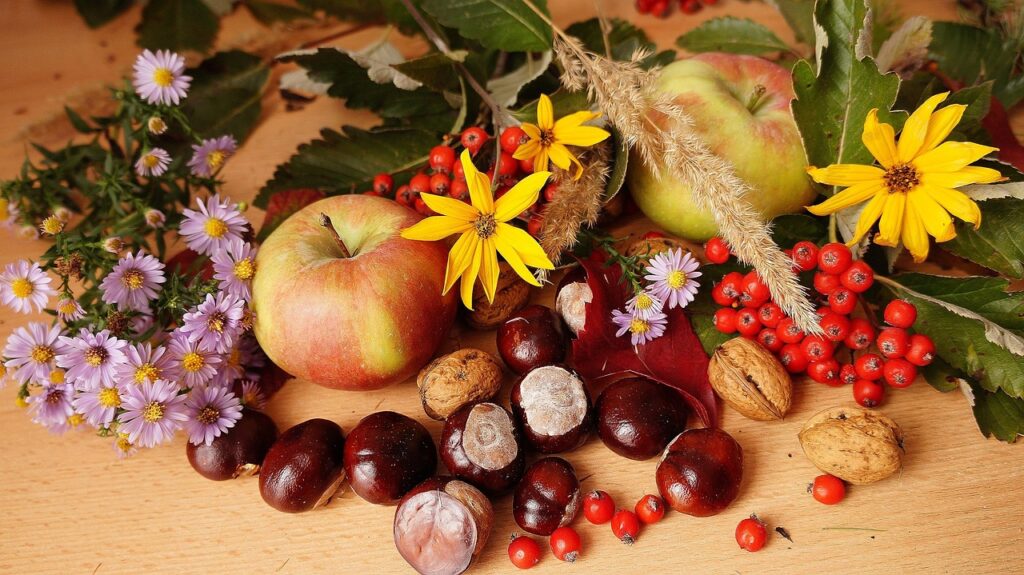
Soul Cakes
Soul cakes are a traditional food often associated with Samhain. These small, round cakes are made with spices such as cinnamon, nutmeg, and allspice, and are often decorated with a cross or other symbol. They are typically given out to children who go door-to-door on Samhain, much like modern-day trick-or-treaters.
Boxty Bread
Boxty bread is a traditional Irish bread that is often associated with Samhain. It is made with potatoes, flour, and buttermilk, and is typically served with butter or jam. Boxty bread is said to be a symbol of the harvest and is often served during the Samhain feast.
Dandelion Wine
Dandelion wine is a traditional drink often associated with Samhain. It is made from the flowers of the dandelion plant, which are steeped in sugar and water to create a sweet, floral beverage. Dandelion wine is said to have medicinal properties and is often used to treat ailments such as indigestion and constipation.
Herb Magic and Folklore~ Herbs for Samhain
Herb Magic~ Herbs for Samhain
Herbal magic has been an essential part of Samhain celebrations for centuries. During this time, people believed that the veil between the world of the living and the dead was at its thinnest, and they used herbs to communicate with the spirits of their ancestors. Some of the most popular herbs used during Samhain include sage, rosemary, and thyme, which were burned as incense to purify the air and ward off evil spirits. Additionally, garlic and onions were hung in doorways to keep evil spirits at bay.
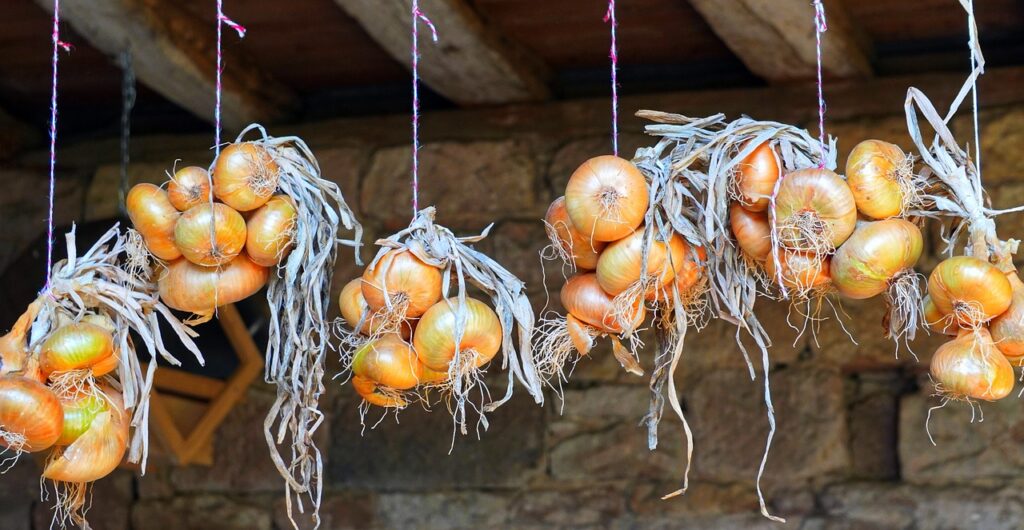
Mystical Tales~ Herbs for Samhain
Samhain is a time of mystical tales and legends. It is said that on this night, the spirits of the dead walk among the living. People used to tell stories of the supernatural, and herbs often played a significant role in these tales. For example, mistletoe was believed to have magical properties, and people would hang it in their homes to ward off evil spirits. Similarly, yarrow was used to foretell the future, and people would place it under their pillows to dream of their future spouse.
Good Neighbors and Land Spirits~ Herbs for Samhain
In addition to communicating with their ancestors, people also believed that Samhain was a time to honor the good neighbors and land spirits. These spirits were believed to be responsible for the fertility of the land and the success of the harvest. To honor them, people would leave offerings of food and drink, such as bread and ale, on their doorsteps. Additionally, herbs such as chamomile and lavender were used to make wreaths and garlands to decorate their homes.
Mischief of Fairies~ Herbs for Samhain
Samhain was also a time when fairies were believed to be at their most mischievous. People would leave offerings of milk and honey to appease them, and they would avoid walking in areas where fairies were known to dwell. Additionally, herbs such as St. John’s Wort and vervain were believed to protect against fairy mischief, and people would carry them on their person or hang them in their homes.
In conclusion, herb magic and folklore have played an essential role in Samhain celebrations for centuries. From communicating with ancestors to warding off evil spirits, herbs have been used in a variety of ways to honor this sacred time of year. By understanding the significance of these herbs and their place in Samhain traditions, people can continue to honor their ancestors and the spirits of the land.
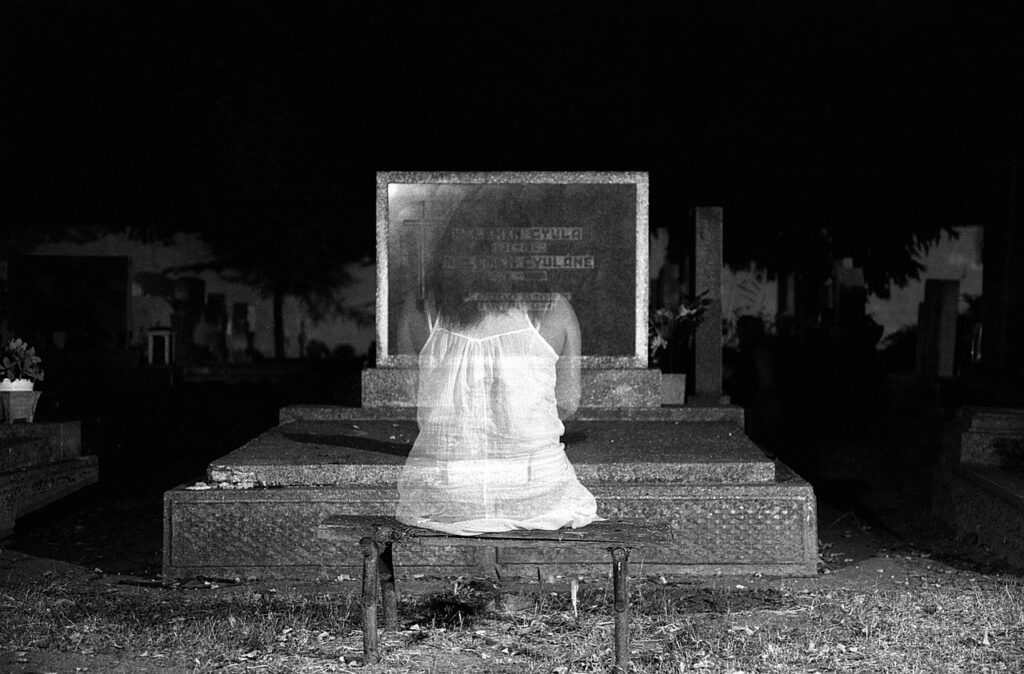
Authoritative Sources
When it comes to finding accurate and reliable information about herbs for Samhain, there are several authoritative sources that one can turn to. These sources include Ellen Evert Hopman’s Collection, Druid’s Herbal, and the International Druid Order.
Ellen Evert Hopman’s Collection
Ellen Evert Hopman is a Master Herbalist and a Professional Member of the American Herbalists Guild. She is also a former Professor and the current Archdruid of Tribe of the Oak. Hopman is a prolific author of herbal manuals and a founding member of the Order of the White Oak. She is also a Druidic initiate.
Hopman’s collection of herbal manuals is a valuable resource for anyone interested in learning about herbs for Samhain. Her manuals cover a wide range of topics, including medicinal and magical uses of herbs, as well as their folklore and history.
Druid’s Herbal
The Druid’s Herbal is another excellent resource for information about herbs for Samhain. This book was written by Ellen Evert Hopman and is based on her many years of experience as a Druidic initiate.
The Druid’s Herbal covers a wide range of topics, including the history and folklore of herbs, as well as their medicinal and magical uses. It also includes detailed instructions on how to grow, harvest, and prepare herbs for use in various rituals and spells.
International Druid Order
The International Druid Order is a global organization that promotes the study and practice of Druidry. The organization is dedicated to preserving and promoting the ancient wisdom of the Druids, including their knowledge of herbs and other natural remedies.
The International Druid Order offers a wealth of information on herbs for Samhain, including their medicinal and magical properties. Members of the organization have access to a vast library of books and other resources on Druidry and herbalism, making it an excellent source of information for anyone interested in learning more about herbs for Samhain.
Overall, these authoritative sources provide a wealth of information on herbs for Samhain. Whether you are a beginner or an experienced practitioner, these resources can help you deepen your knowledge and understanding of the magical and medicinal properties of herbs.

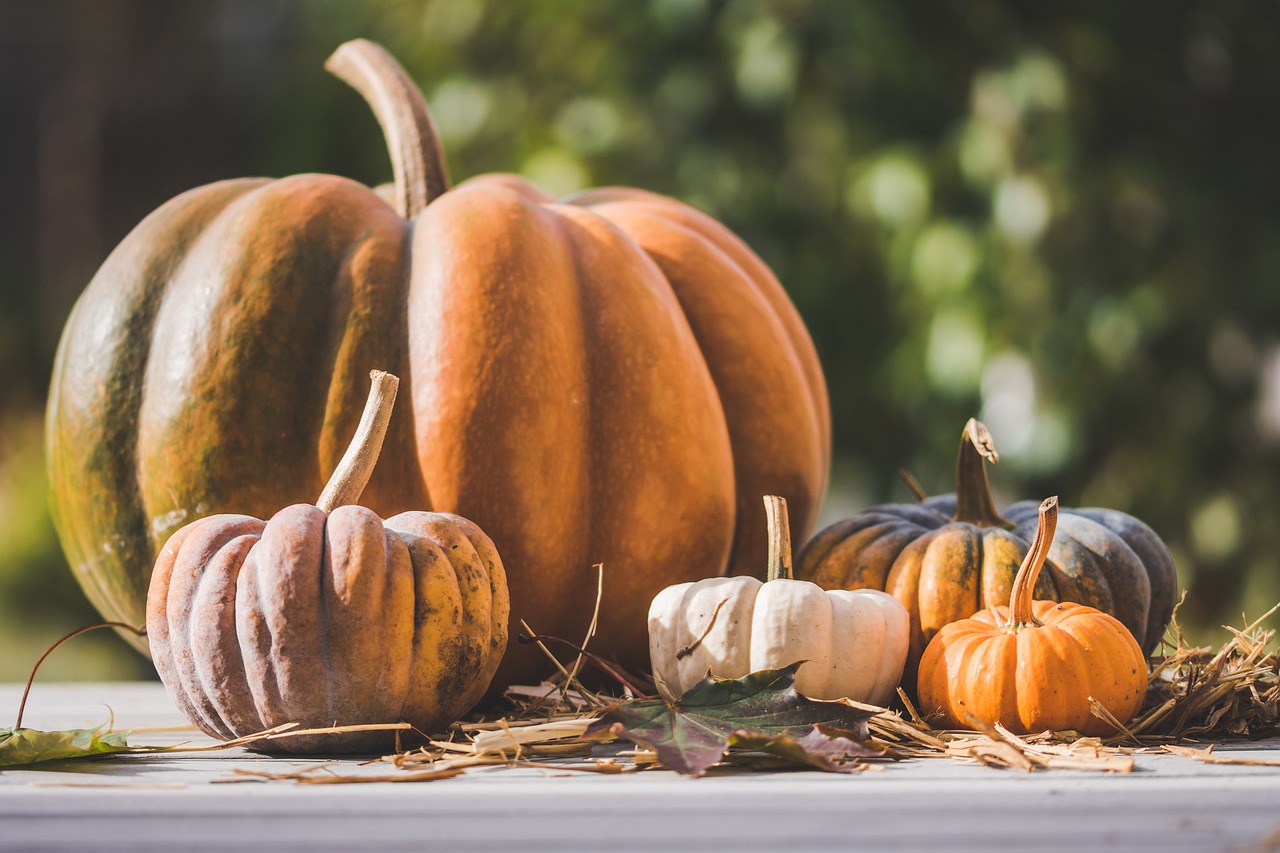


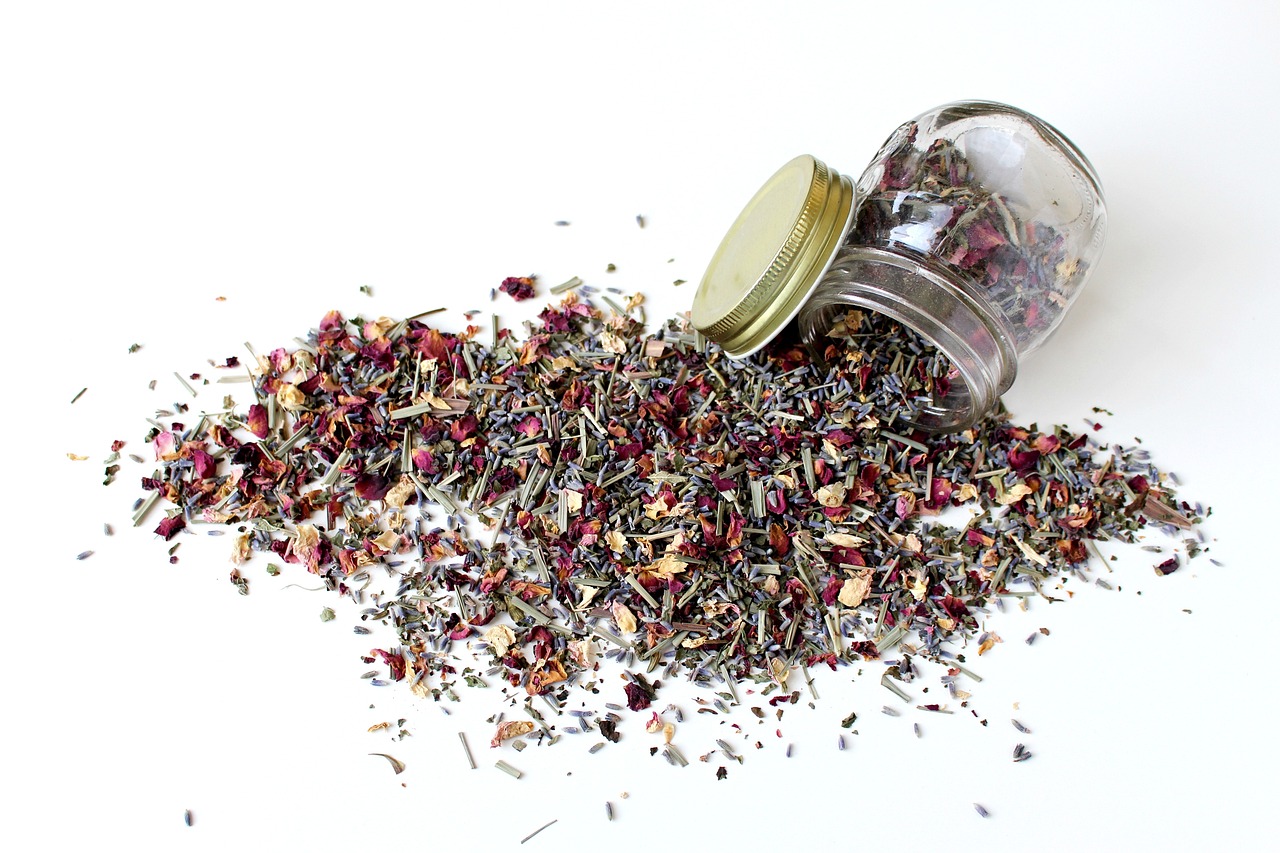


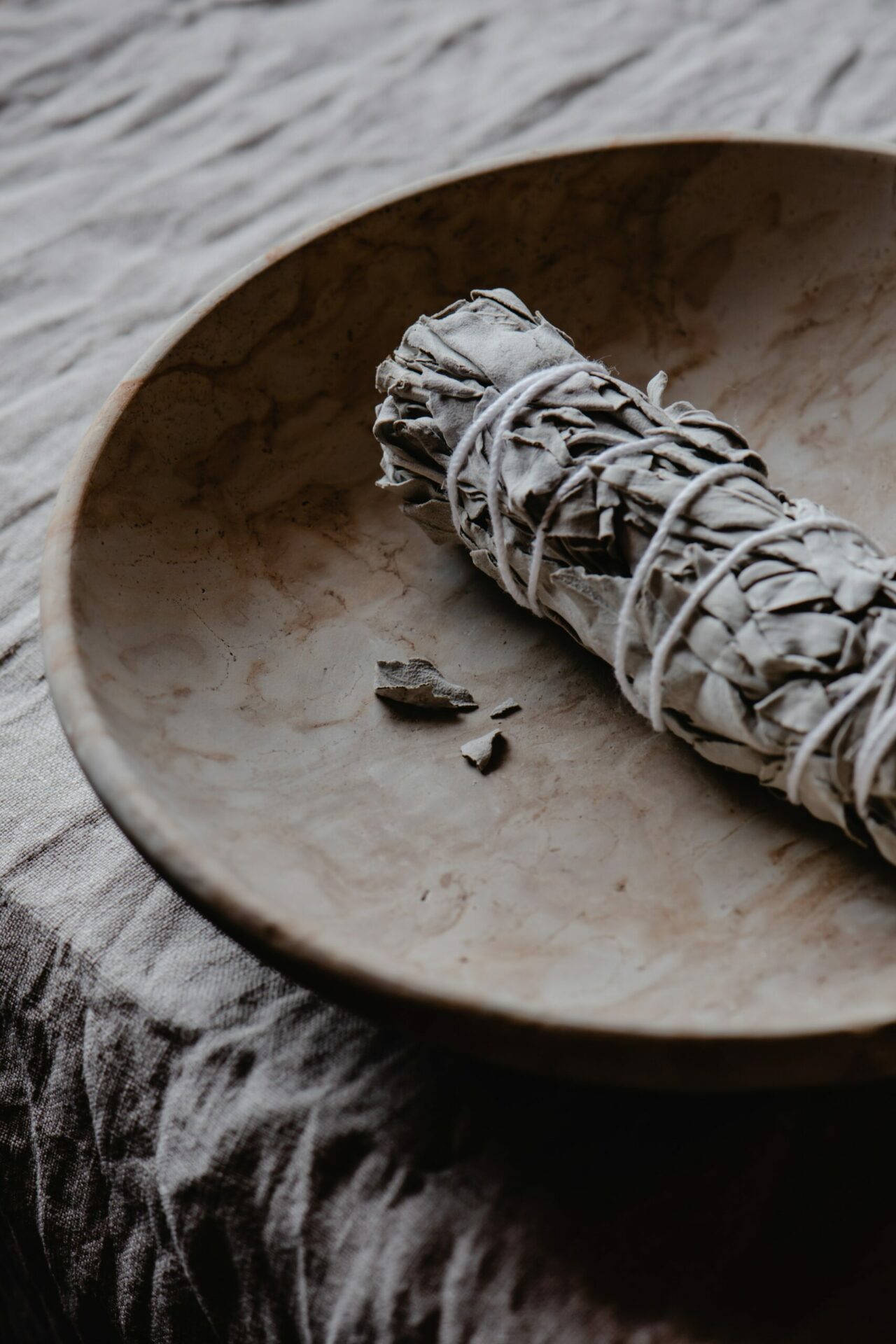
What a wonderful thing! This piece of writing is just outstanding in every way. We are extremely grateful for the information that you have provided.